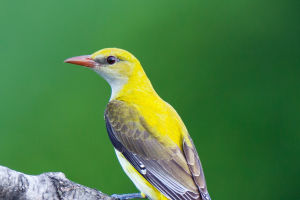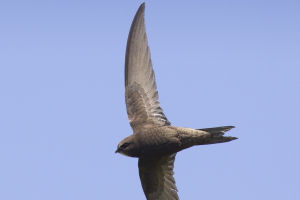Antelope is a general term for a group of even-toed ungulates in the family of Bovidae.
There are altogether 86 species of antelopes, which belong to 11 groups and 32 genera. There is no specific family or genus for antelopes in taxonomy. Antelopes are characterized by their hollow and strong horns, which are different from the ruminants such as cattle and sheep.
There is a consensus that an antelope is a group, and the Antelope Expert Group, established by the Species Survival Committee, is a unit of zoological research and conservation.
Antelopes are the size of goats, with no whiskers. Their body length is 110-130 cm, their shoulder height is about 70 cm, and their weight is 40-50 kg. Their eyes are large and protrude to the left and right, and they have no suborbital glands. Their ears are longer, and both sexes have short, straight, black horns, ranging from 15-20 cm in length, with the longest recorded at 23.2 cm.
The bases of the horns are very close together, only 1 or 2 centimetres apart. Sloping backwards and upward from the frontal bone, the horn tip is slightly curved backward and downward. The angled point is sharp and smooth, and the rest of the horn has more than 10 transverse edges. The number is related to age. There are shallow and thin longitudinal grooves between the transverse edges, but they do not cut through the transverse edges. Females have slightly thinner horns.
Antelopes are herbivores, a group of cattle. There are many kinds and graceful shapes. , slender limbs, small pointed hooves, alert. Some species have horns, both male and female, and some species have horns only male. Tails vary in length. They are 60 to 90 centimetres tall and often have groups of 5 to 10, sometimes hundreds. Generally live in grassland, wilderness, or desert, and some live in mountainous areas.
In a broad sense, it is considered that the antelope is mainly distributed in Africa, and the small antelope is distributed in Africa and Asia. The Arabian Peninsula is home to the Arabian oryx and the deer gazelle. India is home to the Indian oryx, the Indian gazelle, and the Indian blackbuck. Southeast Asia is home to the tetra antelope, the Tibetan antelope, and the high-nosed antelope.
In a narrow sense, the distribution of antelopes is caused by man-made reasons. Countries all over the world import a variety of antelopes, especially the United States imports antelopes to hunt. Some species of antelopes use their amazing ability to jump and dodge to escape and reproduce antelope populations.
Antelope can live in the desert because of their unique physiological structure and survival skills.
The antelopes in the desert have fan-shaped hooves, which are suitable for walking on sand and rely on their good feet to get the food they need over long distances. The desert gazelle of the Mediterranean Basin can run at speeds of up to 80 kilometres per hour and gets its water directly from plants. The Arabian antelopes know when it is raining in the distance and can follow the direction of the grass that has just sprouted after the rain. In the hot days of the desert, antelopes dig shallow holes in the soft soil beneath trees and bushes to rest.
Antelope run so fast, which is the reason nature, is formed by genetic evolution. The slow-running antelope was eliminated, leaving only the fast-running genes to be passed on. Antelopes run so fast that they can escape predators and avoid being eaten. The conditions of the antelope themselves can also be conducive to running. Its weight is not big, the body is more vigorous. The limbs are slender, which can prompt the antelope to run quickly.


